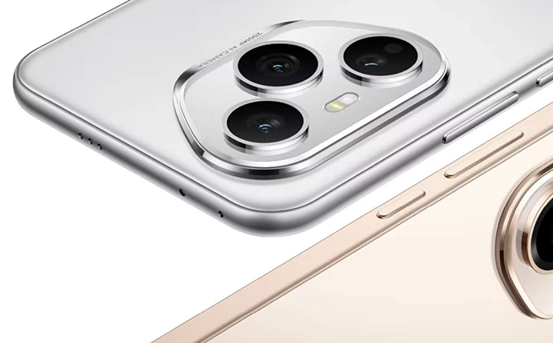Entertainment is no longer tied to the living room. With every passing year, smartphones like the HONOR 400 are transforming how we experience music, movies, games, and books—right from our palms. They aren’t just tools for communication anymore. They’re becoming the all-in-one hubs for leisure, creativity, and relaxation. From screen technology and audio quality to cloud-based streaming and console-grade gaming, mobile entertainment has entered a new era—one where your phone is often the only device you need.
Mobile screens today rival, and in some ways surpass, traditional displays. With OLED or AMOLED technology, adaptive refresh rates, and ultra-high brightness levels, smartphones now offer theater-like viewing anywhere. Streaming services respond to this shift by offering mobile-optimized formats, 4K support, and offline playback. Whether you’re on a bus or in bed, you can enjoy your favorite shows and movies in crisp detail. These improvements make watching long-form content on a phone feel natural—not like a compromise.

Audio used to be a weak point for phones. That’s no longer true. With stereo speakers, spatial audio, and Bluetooth 5.0+, many smartphones provide sound quality that supports immersive listening. Paired with wireless earbuds or high-end headphones, users can enjoy lossless music and cinematic soundtracks wherever they go.
Gaming on mobile is no longer just for puzzles and tap-based distractions. Phones now support titles with high-end graphics, advanced physics, and real-time multiplayer. Some games even offer controller support or cross-platform play with consoles and PCs. Processors have grown powerful enough to handle complex 3D games, while thermal management systems ensure smooth performance without overheating. Cloud gaming platforms further eliminate the need for downloads, allowing users to stream full titles on demand.
Large, responsive screens make gesture controls feel natural. High refresh rates—sometimes 120Hz or higher—deliver fluid motion that benefits fast-paced games. Haptic feedback also adds a tactile layer, enhancing immersion without needing external devices. Phones are personal libraries now. E-reading apps offer customizable fonts, dark modes, and annotation tools. Audiobook platforms sync across devices, and podcasts can be downloaded for offline listening. More people are replacing physical books or single-use e-readers with smartphone apps. Features like speed control, note-taking, and voice search make reading and listening experiences more flexible and engaging.
Smartphones also support entertainment through learning—tutorials, language apps, drawing tools, and even music composition platforms are now mobile-optimized. Users create art, write stories, or compose music directly on their devices. Leisure and creativity merge seamlessly.

Smartphones are no longer just part of the entertainment ecosystem—they are its center. From watching to creating, from listening to playing, they offer convenience and capability unmatched by older devices. You don’t need a separate TV, MP3 player, or gaming console. Your phone is all of them—plus a lot more. As mobile tech continues to advance, this trend will only grow. Faster networks, better batteries, smarter displays, and seamless software experiences will make smartphones even more central to how we unwind, learn, and explore. In redefining entertainment, smartphones aren’t replacing joy—they’re multiplying access to it.